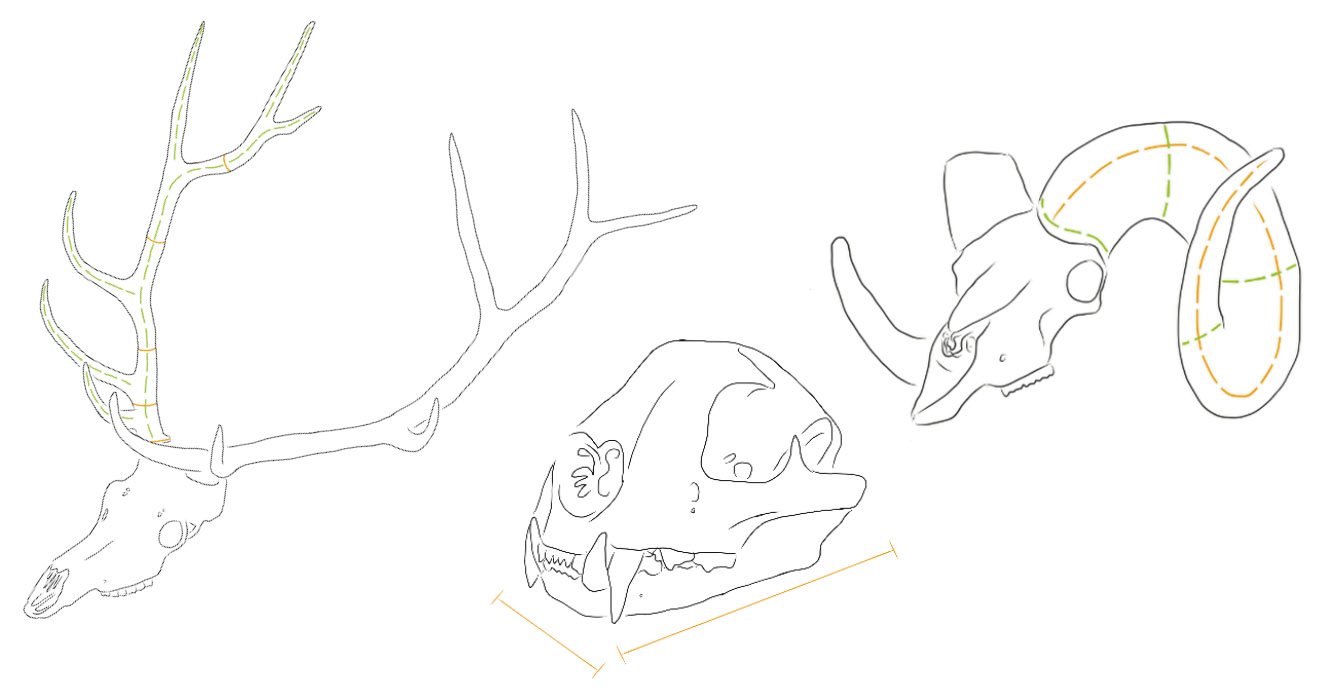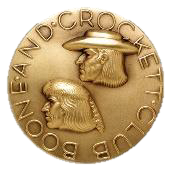What is a record?
Records programs were established with one primary goal—to monitor and record the size of horns and antlers of big game species to be used as a point of comparison to advance conservation and management of those species. To do so, these programs maintain records of horns, antlers, pronghorns, and skulls that are large. One of the most common misconceptions of these programs is that their goal is to glorify the hunters who harvest a “record” animal. Yet, a record is not a prize for the hunter, but simply, a documentation of the animal. Though hunters do receive recognition for harvesting an animal that qualifies for a records program, since their beginnings, records programs always have meant to honor and maintain documentation of the animal, not the hunter.
Establishment of records programs
In the early 1900s, numbers of big game species across North America had plummeted as a result of unregulated and abundant hunting practices. The threat of extinction of many of North America’s beloved big game animals became a very real possibility. With animals disappearing from the landscape at alarming rates, the Boone and Crockett Club began documenting the size of many of these magnificent game species to preserve their legacy. In 1932, a member of the Boone and Crockett Club authored the first records book of North American big game. Although many species of big game came back from the brink of extinction and now are abundant across North America, the practice of recording the size of horns and antlers of big game has remained.
Over the past century, many other organizations have adopted this practice of recording characteristics of large animals, from the Pope and Young Club to many state records programs. All of these records programs have one primary goal, to maintain a record of North America’s big game species.
Long-term monitoring
The original goal of records programs was to record the size of big game species before they were gone from the wild. Today, records books have become one of the longest running programs that routinely and precisely record data on big game species across North America. Because of these programs, records of big game exist for many generations of animals, and thus, give scientists and wildlife managers the ability to monitor changes in species of big game over decades.
Horn and antler size are true indicators of an animal’s quality; males with larger horns and antlers are more dominant, more successful, and often, more fertile than those with smaller headgear. Records programs can give scientists and wildlife managers insight into what’s occurring with males that possess large horns and antlers, and how things like hunting practices, weather, and habitat affect these species.
The measurements of big game species for records programs are detailed and intricate. They were developed to estimate the true size of a specimen, not just length of a horn or the spread of antlers. Because of the detailed measurements, records programs can give insight into more than just changes in size through time. While not meant to represent what’s occurring in all animals or in individual populations, records books are valuable tools for assessing changes in the size and shape of horns, antlers, pronghorns, and skulls, as well as the distribution of males that possess those large structures through time and across their native ranges.

Importance of records programs
Commonly, records programs are perceived as a way to glorify hunters who are rich or privileged, yet the reality of these programs is in the conservation of some of North America’s most valued wildlife. These programs remain one of the longest running and most extensive tools to monitor big game animals, and are an important part of the heritage of wildlife conservation. So, next time you hear someone reference whether or not their animal “booked”, perhaps you’ll reflect on historic leaders in conservation that once saw it necessary to begin to record characteristics of these incredible animals and be thankful that today we’re blessed to have the privilege to not only still have them around but also in sufficient abundance to enjoy seeing them and hunting them.
Written and illustrated by Tayler LaSharr.

THE BOONE AND CROCKETT CLUB
The Boone and Crockett Club was founded in 1887 by Theodore Roosevelt and George Bird Grinnell. At its inception, the primary goal of this club was to promote conservation and management of wildlife and their habitat. The Boone and Crockett Club were instrumental in the establishment of many of the first national parks, have championed some of the most important legislation for wildlife conservation and management, and continue to promote the fair and ethical hunting of big game in North America.
